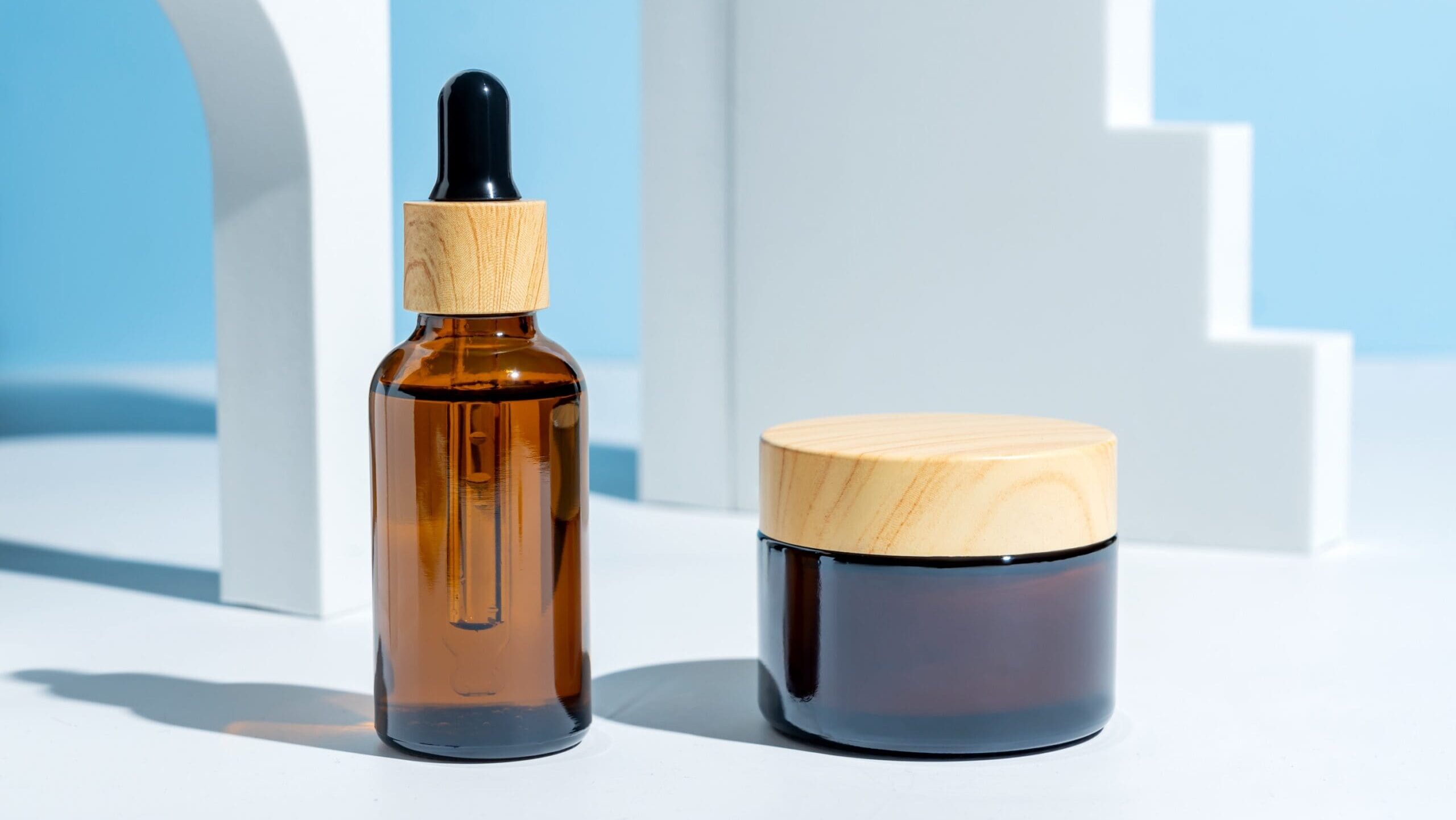Navigating the regulatory landscape of herbal products can feel overwhelming, but it is essential for ensuring product quality, consumer safety, and long-term business success. Regulatory compliance isn't just about following the rules—it’s about building a reliable, consistent, and scalable system that protects your brand and fosters trust among consumers and regulatory bodies alike.

Over the years, we have worked with manufacturers, herbalists, and wellness brands to help them decode complex regulations, implement robust quality control measures, and streamline compliance processes. In this guide, we’ll break down everything you need to know about classification, testing, documentation, labelling, and international compliance requirements to help you confidently navigate the industry.
Understanding Your Product Category
Before diving into regulations, you must determine how your product is classified. Product classification dictates which regulations apply, affecting everything from testing requirements to marketing claims.
Common Product Classifications
- Food Products: Basic herbal teas and supplements marketed for taste and general wellness (without health claims).
- Natural Health Products (NHPs) – Canada: Herbal products making specific health claims must comply with NHP regulations.
- Dietary Supplements – U.S. (DSHEA Compliance): If an herbal supplement is sold in the U.S. with health claims, it falls under dietary supplement regulations per FDA guidelines.
- Cosmetics & Personal Care Products: Herbal skincare products are regulated as cosmetics, unless claims suggest medical use.
- Medical Devices: Some botanical products (e.g., essential oil inhalers marketed for respiratory conditions) may require medical device classification.
Why Classification Matters
Misclassifying your product can lead to:
- Regulatory fines or product recalls
- Import/export restrictions
- Loss of consumer trust due to non-compliance
Real-World Example: We once worked with a company that assumed its herbal tea blend was classified as a food product. However, because their packaging made health claims (e.g., "supports immune health"), the product required Natural Health Product (NHP) registration in Canada. This small oversight delayed their launch by six months.
Key Regulatory Requirements for Herbal Products
Once you determine your product classification, it’s time to ensure compliance with key regulatory standards.
Good Manufacturing Practices (GMPs)
GMPs ensure product safety and consistency, covering sourcing, production, testing, and documentation.
Quality Control Systems
- Ingredient testing & verification: Ensure raw materials meet safety & potency standards.
- In-process testing protocols: Monitor quality at key production stages.
- Finished product testing: Confirm final product consistency & safety.
- Stability testing: Verify shelf life & potency over time.
Documentation Requirements
- Standard Operating Procedures (SOPs) for every production step.
- Batch records documenting materials, processes, and results.
- Testing records to track ingredient & product compliance.
- Training documentation for employee qualification.
Facility Compliance
- Cleanroom classifications & sanitation protocols.
- Air handling & filtration systems to prevent contamination.
- Pest control programs ensuring compliance with FDA/EU GMPs.
Key Takeaway: GMP compliance isn’t just about passing inspections—it ensures product consistency, safety, and long-term brand credibility.
Quality Control & Testing for Herbal Products
When to Conduct Testing
Many manufacturers wait until the final product stage to perform testing. However, we recommend testing at three key stages to catch issues early:
- Raw Material Testing
- Identity verification (microscopic analysis, TLC fingerprinting, DNA testing).
- Purity screening (pesticides, heavy metals, microbial contamination).
- Potency analysis (active compound levels).
- In-Process Testing
- pH monitoring (crucial for stability).
- Alcohol content verification (for tinctures).
- Microbial & yeast/mold testing.
- Finished Product Testing
- Final potency verification.
- Full contaminant panel (heavy metals, mycotoxins, residual solvents).
- Label claim verification (ensuring stated ingredient concentrations).
Real-World Example: A manufacturer experienced rapid degradation of active compounds in a tincture formulation. By implementing stability studies, they identified an interaction between ingredients that required reformulation.
Labeling & Marketing Compliance
Many compliance issues arise from improper labeling and marketing claims.
Key Labeling Requirements
- Product Identity Statement (e.g., “Herbal Tincture for Sleep Support”).
- Net Quantity Declaration (e.g., 100ml or 60 capsules).
- Ingredient List (common name & botanical name).
- Company Contact Information.
- Lot Number & Expiration Date.
- Required Warnings & Cautions (e.g., pregnancy safety warnings).
- Claims that match the regulatory category.
Marketing Claims: What You Can and Can’t Say
- Permitted: "Supports relaxation & sleep"
- Not Permitted (without registration): "Cures insomnia"
Marketing claims extend beyond labeling to:
- Website content
- Social media posts
- Sales presentations
Regulatory Compliance for International Markets
Expanding into global markets requires compliance with various national regulations.
Canada (Natural Health Products - NHP)
- Natural Product Number (NPN) registration required.
- Site licensing & GMP compliance.
- Post-market surveillance & adverse reaction reporting.
United States (FDA & DSHEA)
- GMP compliance under 21 CFR Part 111.
- New Dietary Ingredient (NDI) notifications for novel supplements.
- Strict labeling & claim restrictions.
European Union (Traditional Herbal Medicines & Novel Foods)
- Evidence of 30+ years of traditional use required for registration.
- Safety assessment protocols for new herbal ingredients.
- Good Manufacturing Practice (GMP) & batch traceability requirements.
Implementation & Practical Compliance Strategy
Step 1: Conduct a Compliance Gap Analysis
- Identify missing SOPs, batch records, or test protocols.
- Review marketing claims for regulatory alignment.
Step 2: Build Scalable Compliance Systems
- Develop document control processes.
- Implement real-time batch tracking systems.
Step 3: Stay Ahead of Regulatory Changes
- Monitor updates from FDA, Health Canada, EU EMA, and TGA.
- Engage in industry associations & regulatory consultations.
Step 4: Be Prepared for Regulatory Audits
- Maintain organized records for easy access.
- Train employees in audit best practices.
Final Thoughts: Compliance as a Competitive Advantage
Regulatory compliance is more than just avoiding fines and recalls—it is a key differentiator that builds trust with consumers and retailers. By prioritizing quality control, robust documentation, and strategic market alignment, your brand can establish itself as a leader in the herbal industry.
The regulatory landscape continually evolves, but with a proactive approach, strong systems, and expert guidance, you can confidently bring high-quality herbal products to market while ensuring safety, compliance, and long-term success.
